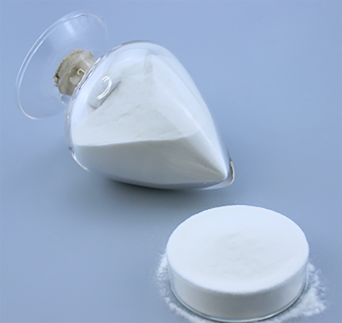
aug . 15, 2024 14:39 Back to list
Exploring the Applications and Benefits of Hydroxyethyl Cellulose in Various Industries
The Use of Hydroxyethyl Cellulose Applications and Benefits
Hydroxyethyl cellulose (HEC) is a non-ionic, water-soluble polymer derived from naturally occurring cellulose. This versatile substance has gained significant attention in various industries due to its unique properties, including its thickening, gelling, and emulsifying capabilities. In this article, we will explore the diverse applications of hydroxyethyl cellulose, illustrating its importance across different sectors.
1. Pharmaceutical Applications
In the pharmaceutical industry, hydroxyethyl cellulose serves multiple roles. It is commonly employed as an excipient in drug formulations. Its high viscosity makes it an excellent thickening agent for topical ointments and gels. HEC is also used to enhance the stability of suspensions and emulsions, which is crucial for the effectiveness of liquid formulations. Furthermore, it improves the bioavailability of certain drugs, ensuring that active ingredients are effectively absorbed in the body.
Additionally, HEC is utilized in controlled-release drug formulations. By modifying the viscosity of the polymer, pharmaceutical scientists can regulate the release of active ingredients over time, which is essential for maintaining therapeutic levels of medication in the bloodstream without requiring frequent dosages.
2. Cosmetic and Personal Care Products
Hydroxyethyl cellulose has also carved a niche in the cosmetic and personal care industry. Its thickening and gelling properties make it a popular choice in products like shampoos, conditioners, lotions, and creams. HEC helps to improve the texture of these formulations, providing a pleasant and smooth application experience.
Moreover, its ability to retain moisture enhances the hydrating properties of personal care products, making it an invaluable ingredient in moisturizing creams and gels. It is also known for being gentle and safe for skin applications, which is crucial in formulating products for sensitive skin types. The inclusion of HEC in cosmetics not only improves product performance but also enhances consumer satisfaction through improved sensory characteristics.
use of hydroxyethyl cellulose

3. Food Industry Integration
In the food industry, hydroxyethyl cellulose is used as a thickening agent, stabilizer, and emulsifier. It is often found in various processed foods, including sauces, dressings, and dairy products. HEC helps to improve the mouthfeel of food products while preventing separation of ingredients. This enhances the overall quality and shelf life of food items, making them more appealing to consumers.
As a non-caloric additive, hydroxyethyl cellulose can also contribute to the formulation of low-fat and low-calorie food products. By providing a desirable texture and viscosity without adding extra calories, it plays a significant role in meeting the demands for healthy eating without sacrificing taste and quality.
4. Construction Industry Usage
Beyond the pharmaceutical and food sectors, hydroxyethyl cellulose finds applications in the construction industry, particularly in mortars, tile adhesives, and sealants. The presence of HEC in these materials improves their workability, adhesion, and overall performance. This is especially relevant in scenarios requiring extended open time, allowing professionals more flexibility during the application process.
HEC’s water-retention properties also prevent premature drying of cement-based materials, thereby enhancing their durability. This makes it a critical component in modern construction practices, where high-performance materials are paramount.
Conclusion
In conclusion, hydroxyethyl cellulose stands out as a multifaceted polymer with a wide range of applications across various industries. Its unique properties not only enhance the effectiveness of pharmaceutical and cosmetic products but also contribute significantly to the food and construction sectors. As research and development continue to unveil new uses for HEC, its role in improving product performance and quality is likely to expand, affirming its place as an essential ingredient in modern formulations.
-
Unlocking the Benefits of HPMC Products: A Gateway to Versatile Applications
NewsAug.07,2025
-
Unleashing the Potential of HPMC Ashland: A Comprehensive Look
NewsAug.07,2025
-
Tile Bonding Cellulose: The Key to Superior Adhesion and Durability
NewsAug.07,2025
-
Hydroxypropyl Methylcellulose Powder: The Versatile Component in Modern Pharmaceuticals
NewsAug.07,2025
-
Hydroxyethyl Cellulose: The Versatile Solution for Various Industries
NewsAug.07,2025
-
Hydroxyethyl Cellulose (HEC): The Versatile Polymer for Various Applications
NewsAug.07,2025







